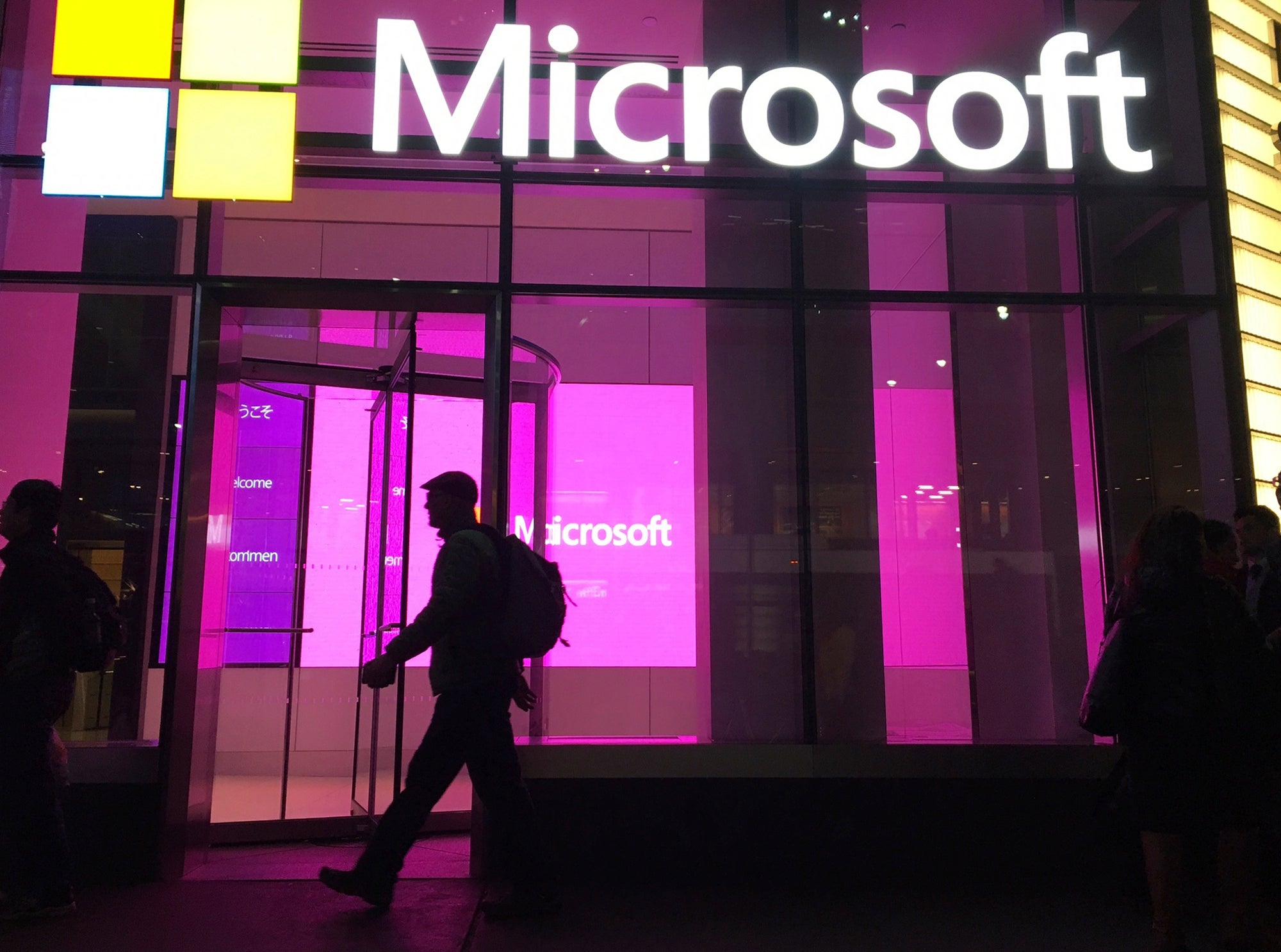Microsoft debuts Windows 11; first major update in 6 years
Microsoft has unveiled the next generation of its Windows software, called Windows 11, that has a new “start menu” and other features

Your support helps us to tell the story
From reproductive rights to climate change to Big Tech, The Independent is on the ground when the story is developing. Whether it's investigating the financials of Elon Musk's pro-Trump PAC or producing our latest documentary, 'The A Word', which shines a light on the American women fighting for reproductive rights, we know how important it is to parse out the facts from the messaging.
At such a critical moment in US history, we need reporters on the ground. Your donation allows us to keep sending journalists to speak to both sides of the story.
The Independent is trusted by Americans across the entire political spectrum. And unlike many other quality news outlets, we choose not to lock Americans out of our reporting and analysis with paywalls. We believe quality journalism should be available to everyone, paid for by those who can afford it.
Your support makes all the difference.Microsoft has unveiled the next generation of its Windows software, called Windows 11, that has a new Start Menu and other features.
The newest version of Microsoft's flagship operating system announced Thursday will be a successor to today's Windows 10, which the company introduced in 2015.
Windows 11 is expected to become available later this year on new computers and other devices and as a free update for those with Windows 10.
Microsoft's virtual announcement event was affected by technical difficulties, forcing the company to recommend some viewers watch it on Twitter instead.
When it launched Windows 10 six years ago, Microsoft was hoping that the new operating system would help it rebuild loyalty among users who were increasingly relying on tablets, smartphones and other devices.
Windows has been a PC workhorse for decades. Its first version launched in 1985, offering computer novices a “graphical user interface” so they could click on icons and menus with a mouse button rather than simply type commands into a blank screen.
It's been a core part of Microsoft's business ever since, though its influence waned as PC sales declined with the rise of smartphones.